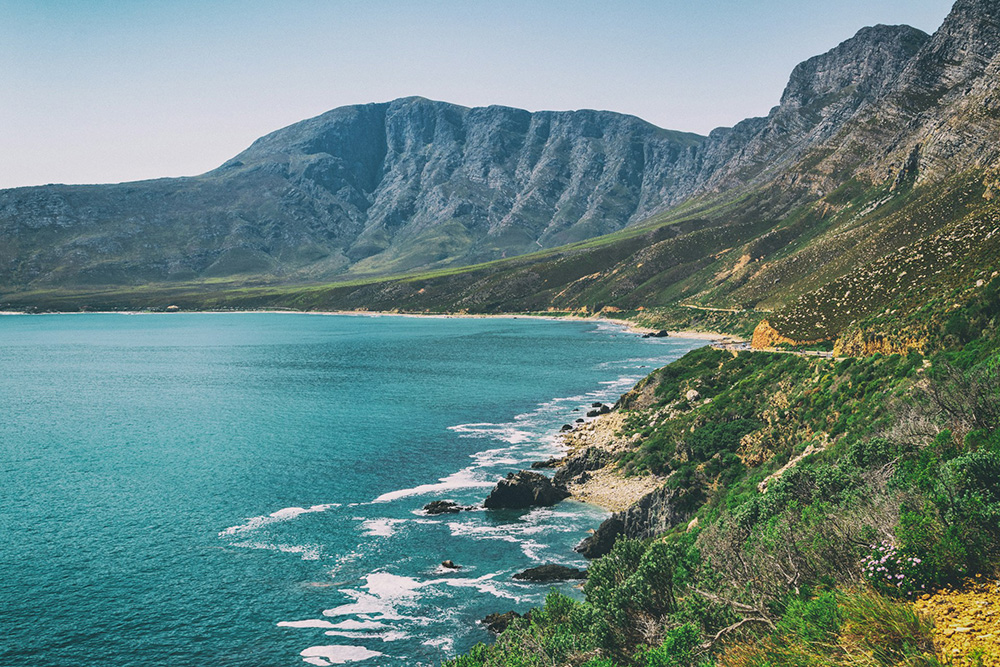
Oceans are changing. Some are choking on plastic, others are warming faster than we imagined. But scattered across the globe, a few seas remain untouched—clean, vibrant, and alive. These rare pockets of purity aren’t just beautiful to look at; they’re vital ecosystems that support marine life, regulate climate, and offer a glimpse into what our oceans could be if we cared for them better.
So where are these pristine waters? What keeps them so clean while others struggle? From the icy silence of Antarctica to the coral-rich tropics of Australia, let’s dive into the cleanest seas on Earth and uncover the secrets behind their clarity.
The Criteria for “Clean” Seas
Before diving into specific locations, it’s important to define what makes a sea “clean.” Cleanliness in marine environments is typically measured by:
- Water clarity and purity
- Low levels of pollutants (plastics, chemicals, heavy metals)
- Healthy marine biodiversity
- Minimal human interference or sustainable practices
- Effective conservation policies
These factors help determine whether a sea is not only visually appealing but also ecologically sound.
1. The Weddell Sea, Antarctica
Often cited as the cleanest sea in the world, the Weddell Sea is located off the coast of Antarctica. Its remote location and harsh climate make it largely inaccessible to humans, which has helped preserve its purity.
- Why it’s clean:
- Extremely low human activity
- Ice coverage limits pollution
- Protected under international treaties
- Unique features:
- Home to rare species like the Weddell seal
- Icebergs and deep blue waters create surreal landscapes
2. The Coral Sea, Australia
Bordering the Great Barrier Reef, the Coral Sea is known for its vibrant marine life and clear waters. Australia’s strict environmental regulations have helped maintain its cleanliness.
- Why it’s clean:
- Marine protected areas
- Active reef conservation programs
- Limited industrial development along the coast
- Unique features:
- Rich coral ecosystems
- Popular for eco-tourism and diving
3. The Norwegian Sea
Located between Norway and Iceland, this sea benefits from low population density and strong environmental policies.
- Why it’s clean:
- Cold temperatures slow down pollution spread
- Norway’s commitment to ocean sustainability
- Minimal plastic waste due to strict regulations
- Unique features:
- Deep fjords and dramatic coastlines
- Frequent sightings of whales and seabirds
4. The Red Sea (Certain Areas)
While parts of the Red Sea suffer from pollution, regions near Saudi Arabia and Egypt’s protected zones remain remarkably clean.
- Why it’s clean:
- Coral reef conservation efforts
- Controlled tourism in protected areas
- Natural filtration by coral ecosystems
- Unique features:
- High salinity and warm waters
- Diverse marine species including dolphins and reef sharks
5. The Maldives Waters
The Maldives, an island nation in the Indian Ocean, is renowned for its turquoise waters and thriving marine life.
- Why it’s clean:
- Strict environmental laws
- Limited industrial activity
- Community-led conservation initiatives
- Unique features:
- Coral atolls and lagoons
- Popular destination for sustainable luxury tourism
Lessons from the Cleanest Seas
These pristine marine environments offer valuable insights:
- Conservation works: Protected areas and strict regulations lead to cleaner seas.
- Tourism can be sustainable: Eco-tourism promotes awareness and funds preservation.
- Local communities matter: Involving locals in conservation ensures long-term success.
- Global cooperation is key: International treaties and shared responsibility help protect remote regions.
The cleanest seas on Earth are more than just scenic wonders—they are living proof that with care, commitment, and collaboration, we can preserve the natural beauty of our oceans. Whether it’s the icy stillness of the Weddell Sea or the coral-rich waters of the Maldives, these regions remind us of what’s possible when nature is allowed to flourish. As global citizens, we must strive to replicate these successes elsewhere, ensuring that future generations inherit oceans that are not only clean but thriving.
If You Could Dive into One of the World’s Cleanest Seas, Which Would You Choose?
